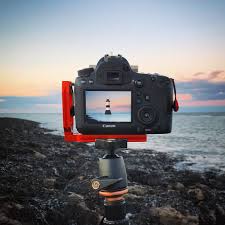The history of camera
The history of cameras dates back to the early 19th century when the first camera was invented by Joseph Nicéphore Niépce in 1816. Niépce, a French inventor, created the first permanent photograph, "View from the Window at Le Gras," using a process called heliography. This early camera captured images using a pewter plate coated with a light-sensitive substance called bitumen of Judea.
Over the years, cameras evolved significantly, with the introduction of new technologies and materials. The development of daguerreotypes by Louis Daguerre in 1839 and the wet collodion process by Frederick Scott Archer in 1851 made photography more accessible and widespread. The late 1800s saw the introduction of roll film, pioneered by George Eastman, which revolutionized photography by allowing multiple exposures without needing to reload a new plate each time.
In the 20th century, cameras continued to evolve with the advent of digital technology. The first digital camera was invented in 1975 by Steven Sasson, an engineer at Eastman Kodak. Since then, digital cameras have become increasingly sophisticated, with advancements in sensor technology, image processing, and storage capacity. Today, cameras are ubiquitous, from professional-grade DSLRs to smartphone cameras, enabling people to capture and share high-quality images with ease.
In our college, we have a photo club that encourages students to showcase their creativity through the lens, providing a platform for budding photographers to hone their skills, experiment with different techniques, and share their perspectives with the world.


Author
SCAD POLY
2025-04-17